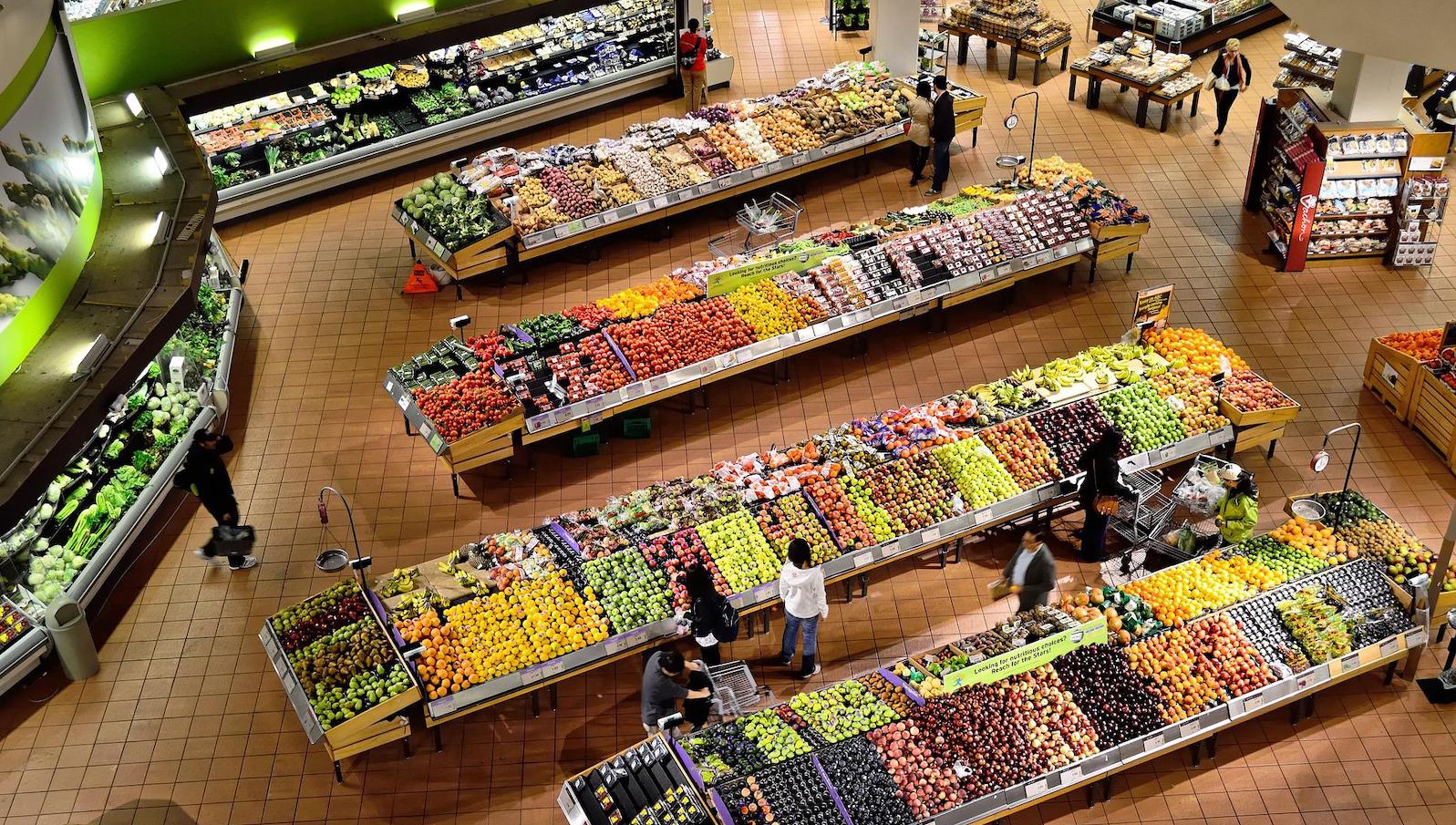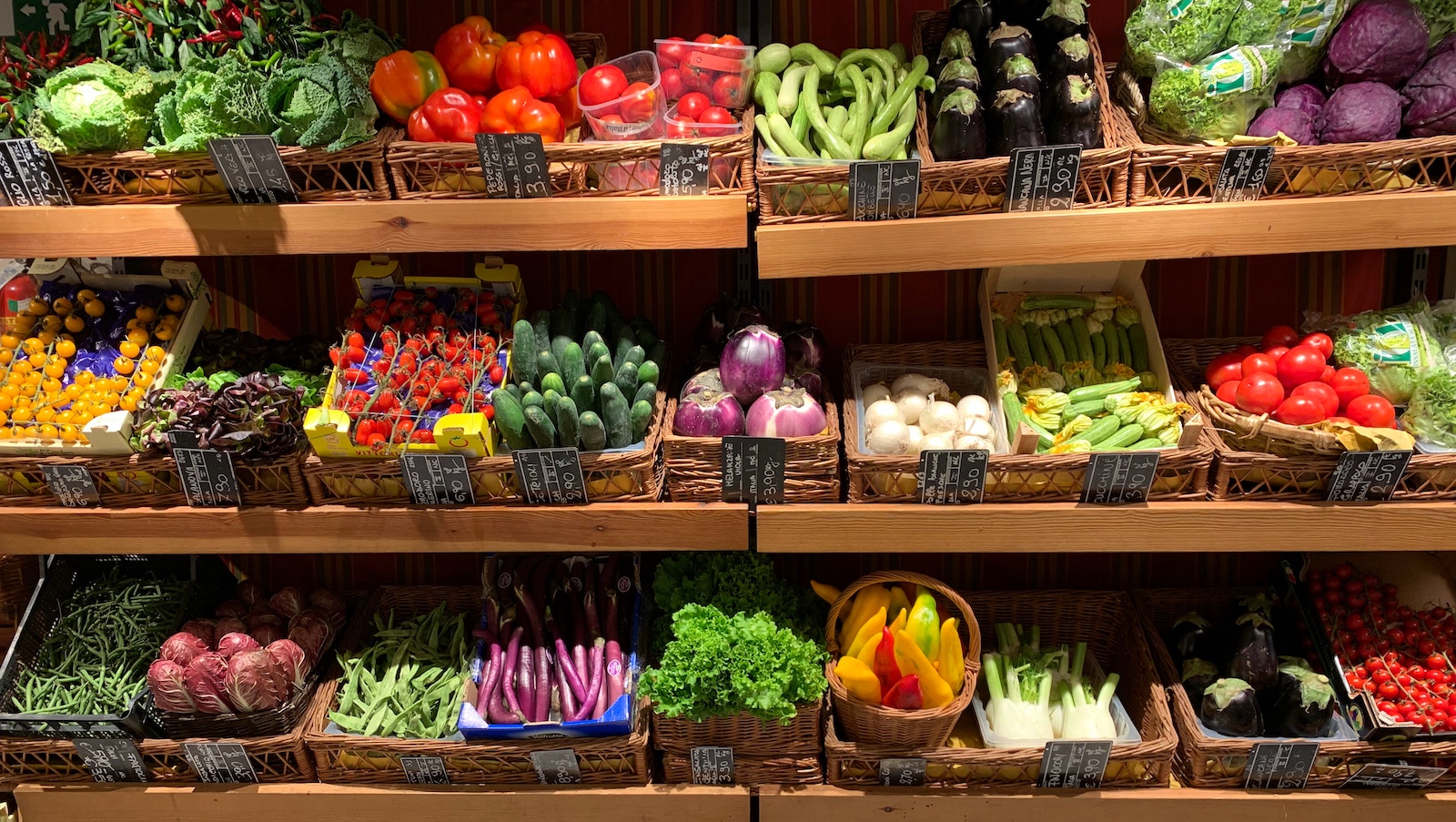
Food for thought: Are your groceries safe?
Serious food recalls are all too common, and this country doesn't have a good system to alert us.

Also see our newest report,
FOOD FOR THOUGHT PART 2:
An analysis of food recalls for 2022, released May 2023
Two major recalls from the last seven months showcase the weaknesses in our food recall system: It often takes too long for companies and regulators to notify grocers, consumers, restaurants and food packagers, particularly regarding Class I recalls with a “reasonable probability” that exposure or use of the product could cause “serious adverse health consequences or death.”
And once grocers find out, they aren’t required to contact customers who may have already purchased contaminated products. While many stores do quickly notify customers one way or another, the practices aren’t uniform and aren’t always timely. Meanwhile, people continue to get sick.
The CDC estimates that one in six Americans become ill every year from foodborne diseases. Among those, 128,000 wind up in the hospital and 3,000 die.
We see about 300 food and beverage recalls every year from the Food and Drug Administration and U.S. Department of Agriculture Food Safety and Inspection Service.
Clearly, a goal of our food production and distribution system must be reducing the need for recalls in the first place. That’s the difficult part.
This report looks at the easier part – the logjams once the need for a recall is identified and how grocers and other retailers notify customers who may have a contaminated product in their home. We contacted 50 of the largest grocery and convenience store chains to learn how they get the word out to customers. Some take several steps. Some do very little.
Under the FDA, only two notifications of a recall are currently required: One, a posting on the FDA’s recall website. Two, a news release from the company that’s actually initiating the recall. No one has to contact grocery stores. No one has to notify consumers.
Our findings
We contacted 50 of the largest retailers that sell groceries, based on the number of locations nationwide. Virtually all have some type of policy to alert customers, but the methods and timing often aren’t as helpful as they could be.
Of the 50 companies we contacted:
- Half of the retailers told us they notify affected customers by phone, text or email within one day.
- One-third of the retailers put the onus on customers to check the store’s website or social media accounts for recall notices.
- For seven companies, we didn’t get information from them after multiple emails and phone calls over a period of six months and we also couldn’t find any information about recall notifications or recall policies on their websites.

How to find out about food recalls

Food for Thought Part 2: An analysis of food recalls for 2022
Topics
Authors
Teresa Murray
Consumer Watchdog, U.S. PIRG Education Fund
Teresa directs the Consumer Watchdog office, which looks out for consumers’ health, safety and financial security. Previously, she worked as a journalist covering consumer issues and personal finance for two decades for Ohio’s largest daily newspaper. She received dozens of state and national journalism awards, including Best Columnist in Ohio, a National Headliner Award for coverage of the 2008-09 financial crisis, and a journalism public service award for exposing improper billing practices by Verizon that affected 15 million customers nationwide. Teresa and her husband live in Greater Cleveland and have two sons. She enjoys biking, house projects and music, and serves on her church missions team and stewardship board.
Find Out More

Safe At Home in 2024?

What the California Consumer Privacy Act means for you

What the New Jersey Privacy Act means for you


